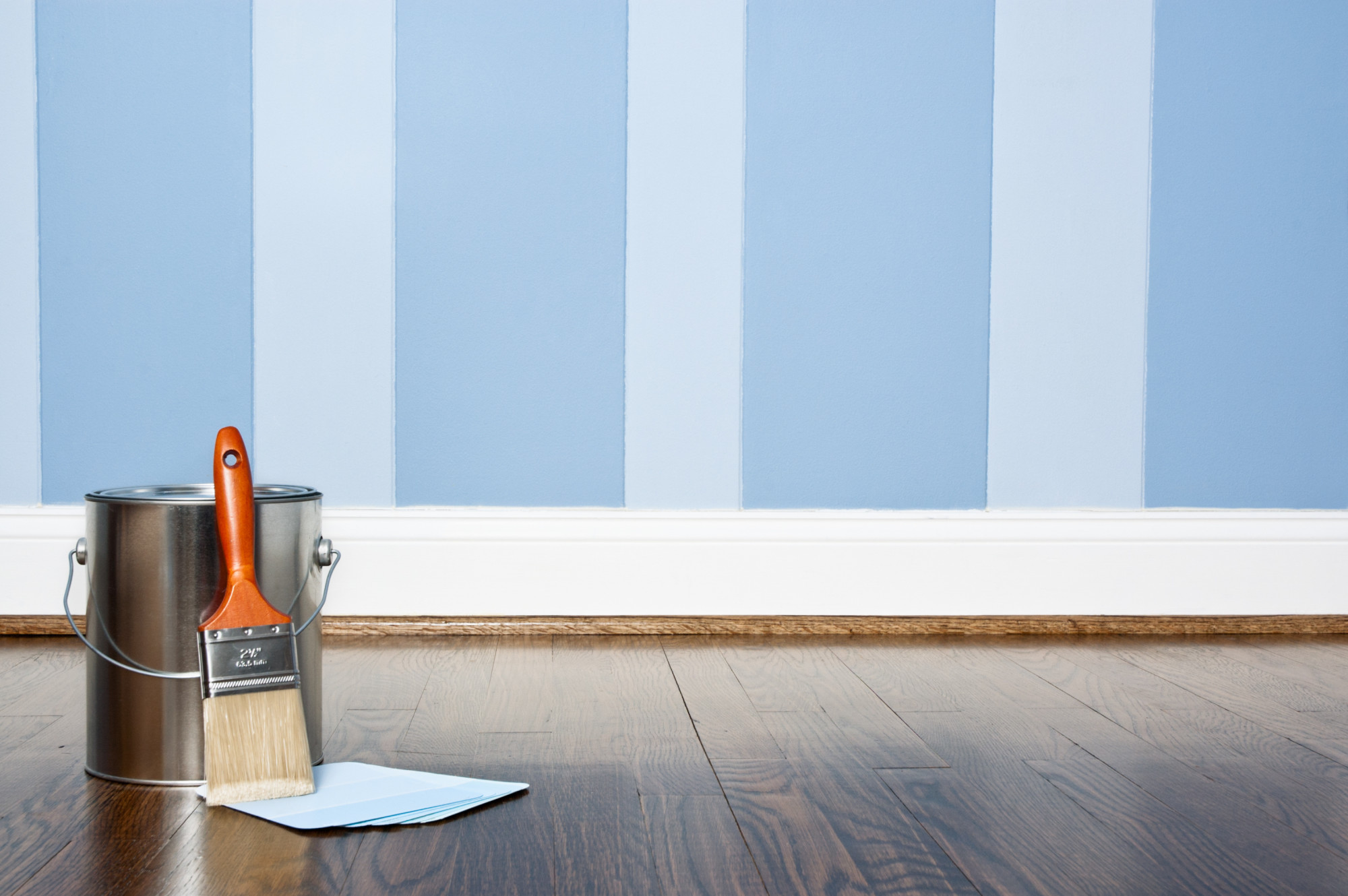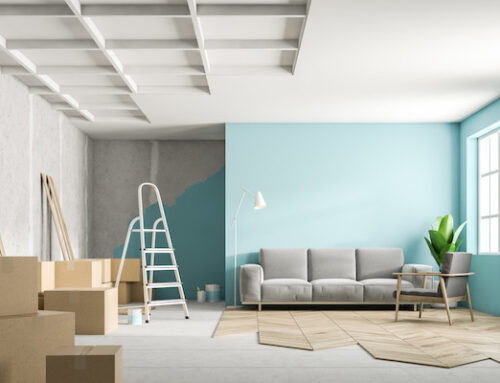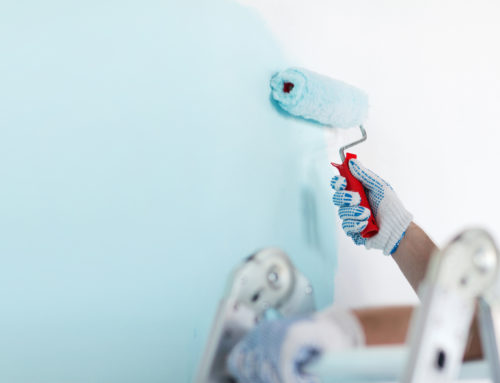A professional paint job in an average room costs anywhere between $380 and $790 – and that’s not even including the paint, the trim, or the ceiling.
At that cost, it’s no wonder some people opt to paint their homes themselves. And DIY paint projects don’t have to be limited to one boring, solid color, either.
With just a few tips and tricks, you can create an accent wall (or walls) that really make your interior decor pop. These 4 paint patterns are easy enough for any beginner to tackle – so let’s get started.
First Things First
Before you start painting, you’ll want to make sure you’re prepared. Begin by gathering your supplies. These include a roller for the main portion of the painting, paintbrushes for cutting in, painter’s tape, a tape measure, a pencil for marking your paint pattern, and of course your paint.
Then, remove any wallpaper and fix any flaws in the wall. Once you’ve finished that, you’ll want to apply your base coat or primer. These two steps will ensure you get a flawless finish from your paint job.
4 Paint Patterns for Beginning Painters
You don’t have to be a pro to execute these bold patterns. All you need are the right tools and a little know-how. We’ve already told you what tools you need, now it’s time to tell you how to get that paint on your walls in the cleanest way possible.
Diamonds
You’ll want the height of your diamond to be twice what the width is, so take the width of the wall and divide by the number of horizontal diamonds you prefer. Then use that number and divide by two to find the height of your diamond.
Now that you know the size of your diamonds and how many you can fit, take your pencil and draw a grid pattern using the measurements you just deduced. From the middle of each grid, you can then mark the right and left sides of your diamonds as well as the tops and bottoms. Connect those dots and tape each side before applying your paint.
Chevrons
Painting chevrons doesn’t involve any math. Instead, find the pattern you like online and use a projector to trace that onto your wall. Again, tape these off before you begin painting.
Stripes
To make the most of a stripe pattern, keep them between 4″ and 12″ wide. If you’re keeping your stripes a uniform width, you’ll take the width of your wall and divide by the desired width of your stripes.
Keep in mind that there’s no rule that says stripes have to be uniform in width. You can play with this technique by using two colors instead of three, with the third color being thinner than the other two. You might also consider using vertical stripes for something completely different and fun.
Ombre
Ombre walls work best when you start from the bottom and gradually fade to white. Try and match the colors of your interior to the ombre to create a sense of cohesion in the room.
Using a sponge to apply the paint and fade the colors into each other is an easy way to apply this technique. And when you’re picking the colors to fade into one another, simply use the colors on your paint sample card.
Not Really a DIYer?
These 4 easy patterns to pain are relatively easy for any level of painter. Using the right measurements and technique, you can create a beautiful accent wall with stripes, ombres, diamonds, or chevrons.
But if you’re not ready to tackle these paint patterns on your own, let us help. Get started with a free consultation.







